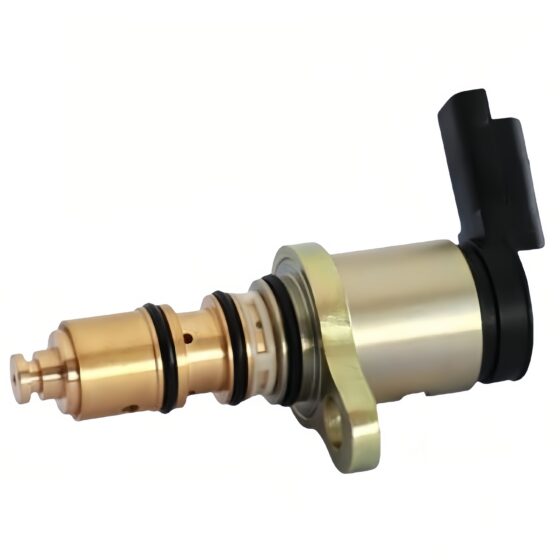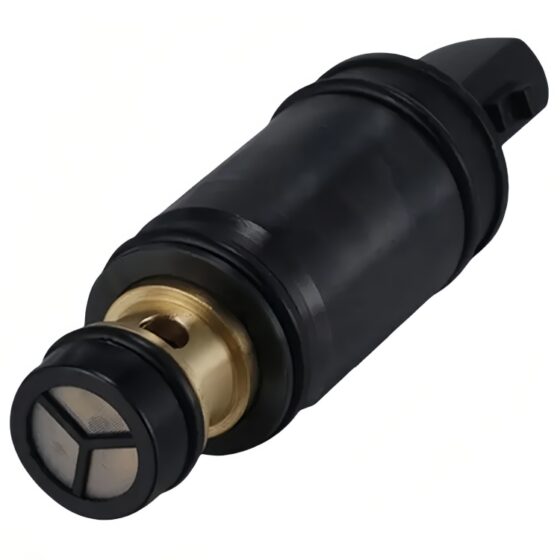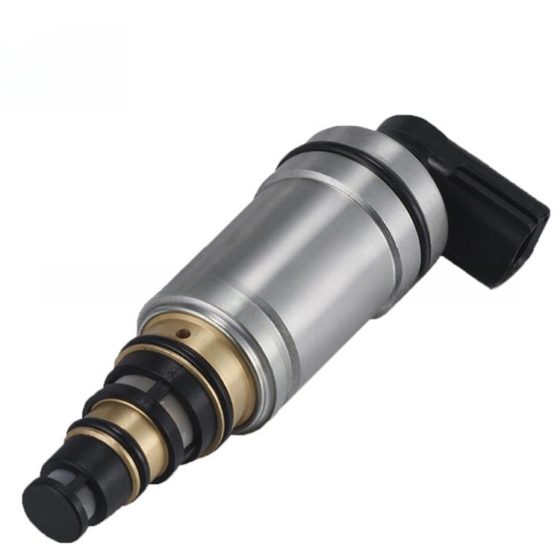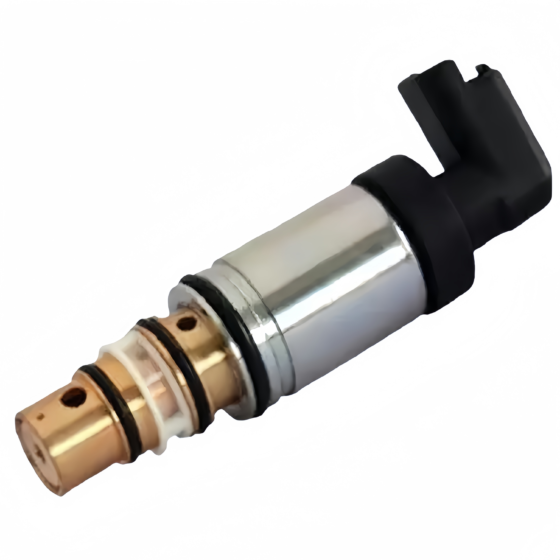In modern vehicles, maintaining optimal climate control is essential for comfort and safety. The Automotive Air Conditioning Control Valve is a crucial component of a vehicle’s HVAC (Heating, Ventilation, and Air Conditioning) system, regulating refrigerant flow and ensuring efficient cooling performance. This product combines advanced engineering with high-quality materials to enhance the reliability and efficiency of automotive air conditioning systems.


1. Precision Engineering
The Automotive Air Conditioning Control Valve is designed with precision engineering to guarantee accurate refrigerant flow control. This ensures that the air conditioning system operates at peak efficiency, providing quick cooling and maintaining a comfortable cabin temperature.
2. Durable Construction
Manufactured from high-quality materials, including corrosion-resistant metals and robust plastics, the control valve is built to withstand harsh automotive environments. It is designed to endure extreme temperatures and pressures, ensuring long-term reliability and performance.
3. Easy Installation
This control valve is designed for straightforward installation, compatible with a wide range of vehicle makes and models. The product comes with a comprehensive installation guide, making it easy for both professionals and DIY enthusiasts to replace or install it without specialized tools.
Installation Guide
1. Preparation
Before installation, ensure that the vehicle is turned off and disconnect the battery. Gather all necessary tools, including wrenches, screwdrivers, and safety glasses.
2. Accessing the Control Valve
Locate the air conditioning control valve in the engine compartment. Depending on the vehicle model, this may require removing other components for access.
3. Removing the Old Valve
Carefully disconnect the refrigerant lines and electrical connectors from the old control valve. Take care to avoid damaging surrounding components.
4. Installing the New Valve
Position the new Automotive Air Conditioning Control Valve in place and securely connect the refrigerant lines. Reconnect any electrical connectors, ensuring a tight fit.
5. Testing the System
Once the installation is complete, reconnect the battery and start the vehicle. Test the air conditioning system to ensure proper operation. Check for any leaks around the valve and connections.
Performance Benefits
1. Improved Cabin Comfort
With precise control over refrigerant flow, the Automotive Air Conditioning Control Valve ensures that the cabin temperature remains consistent, providing a comfortable environment for all passengers.
2. Energy Efficiency
By optimizing refrigerant flow, the control valve helps the air conditioning system consume less power, leading to improved fuel efficiency. This is especially beneficial for drivers who frequently use their air conditioning.
3. Extended System Lifespan
A well-functioning control valve reduces stress on the air conditioning compressor and other components, extending the overall lifespan of the HVAC system.
 سوتشو روجر قطع غيار السيارات المحدودة, المحدوده.
سوتشو روجر قطع غيار السيارات المحدودة, المحدوده.
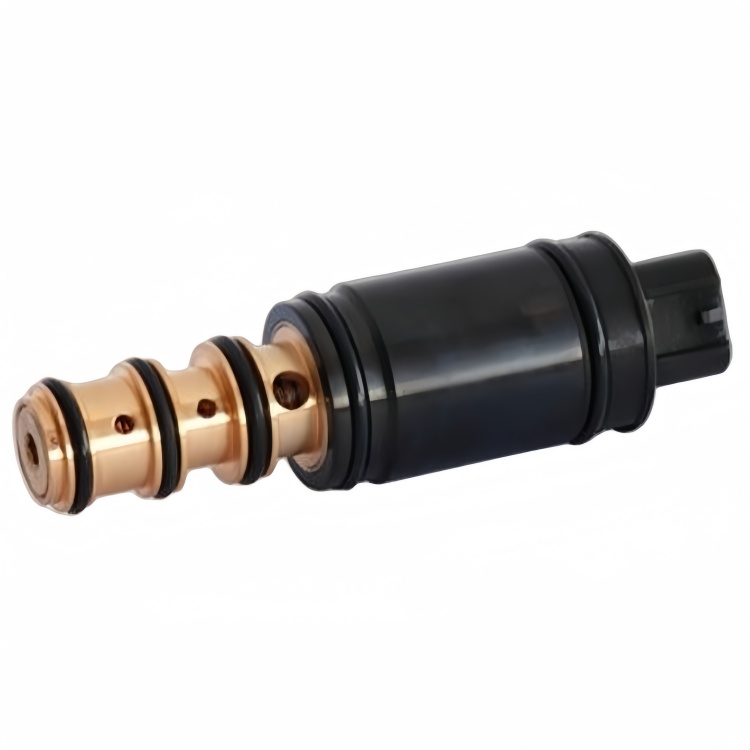

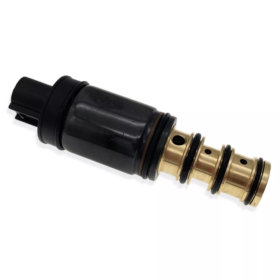

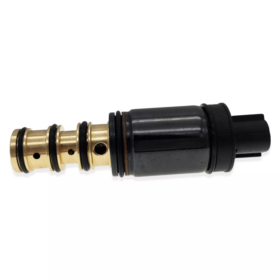



 شركتنا لديها سنوات عديدة من الخبرة في الصناعة, مع الابتكار وجودة الخدمة الممتازة كقدرتنا التنافسية الأساسية, ملتزمون بتزويد العملاء بمنتجات وخدمات عالية الجودة. كشركة رائدة في الصناعة, نلتزم دائما بتوجيه طلب العملاء, ومن خلال البحث والتطوير التكنولوجي المستمر وتحسين العمليات, منتجاتنا لها مزايا تنافسية متميزة في السوق.
شركتنا لديها سنوات عديدة من الخبرة في الصناعة, مع الابتكار وجودة الخدمة الممتازة كقدرتنا التنافسية الأساسية, ملتزمون بتزويد العملاء بمنتجات وخدمات عالية الجودة. كشركة رائدة في الصناعة, نلتزم دائما بتوجيه طلب العملاء, ومن خلال البحث والتطوير التكنولوجي المستمر وتحسين العمليات, منتجاتنا لها مزايا تنافسية متميزة في السوق.
